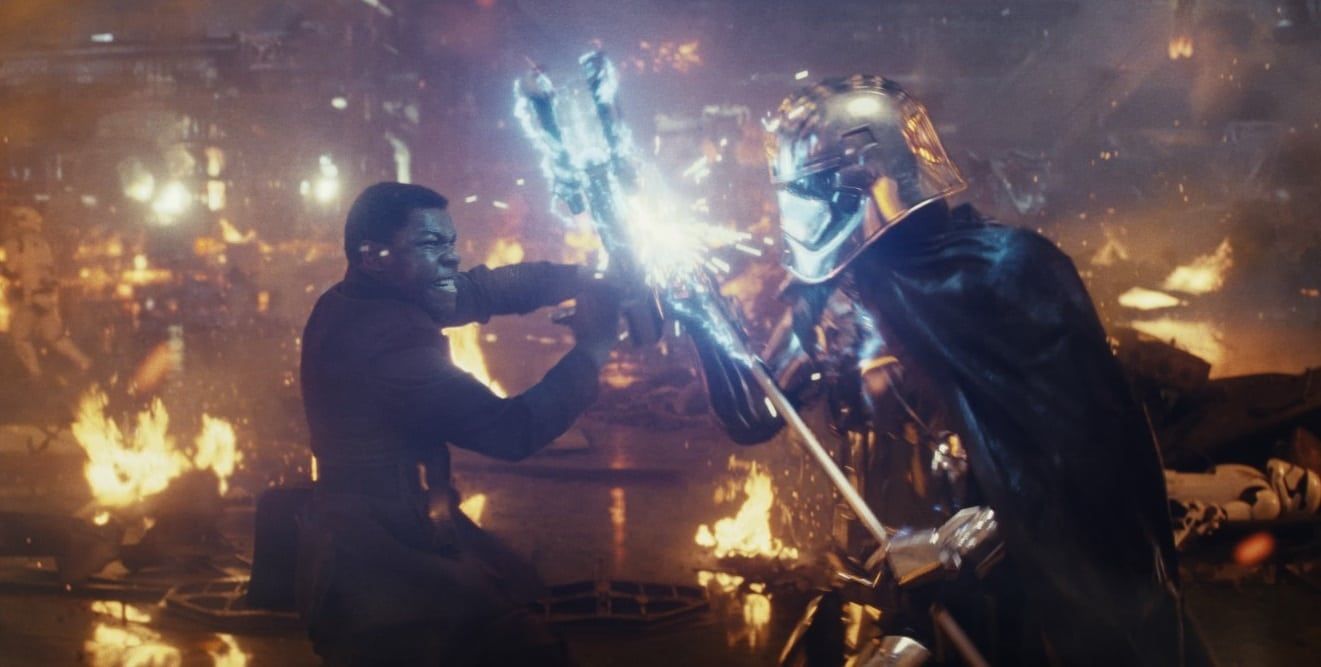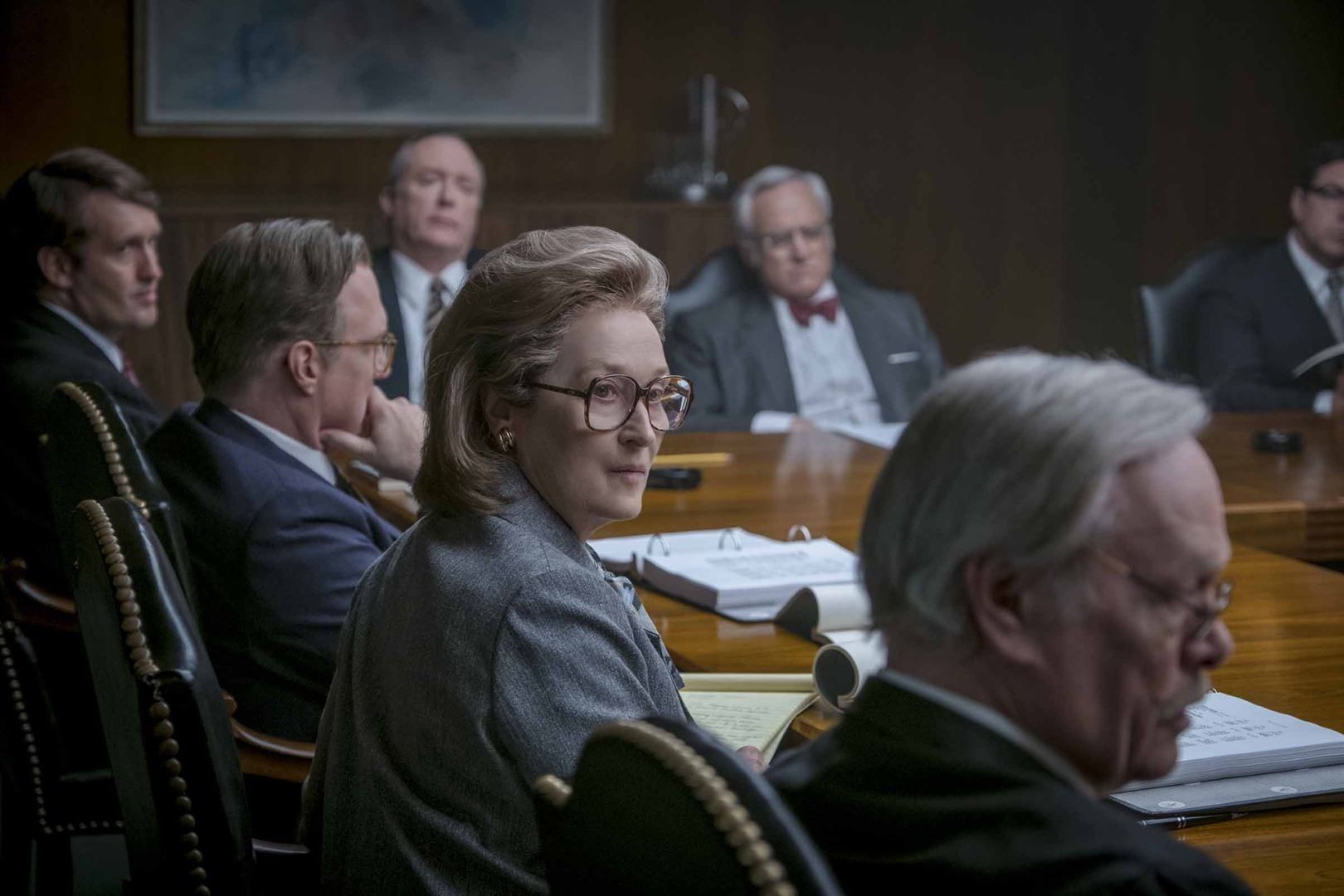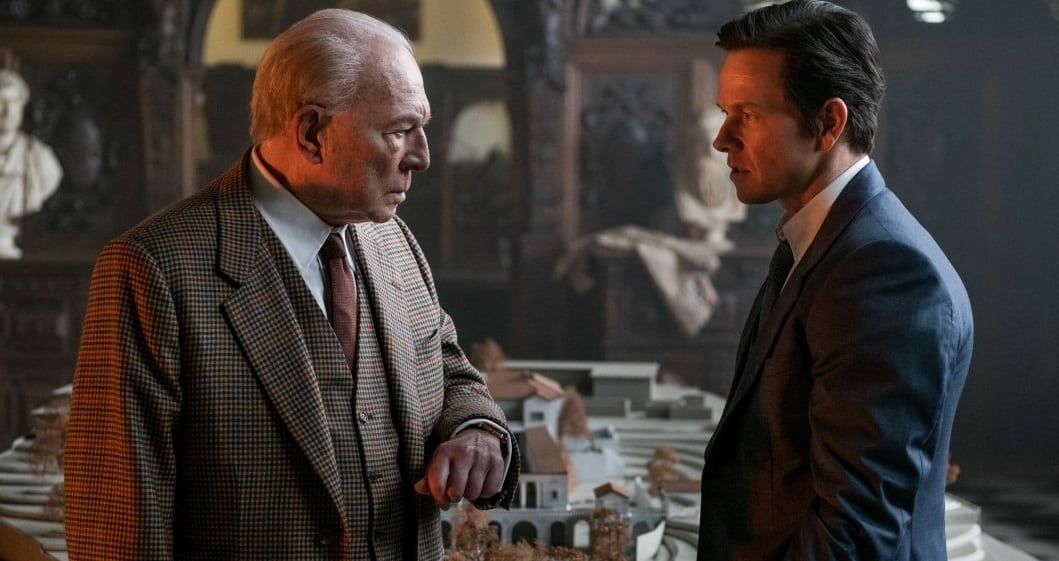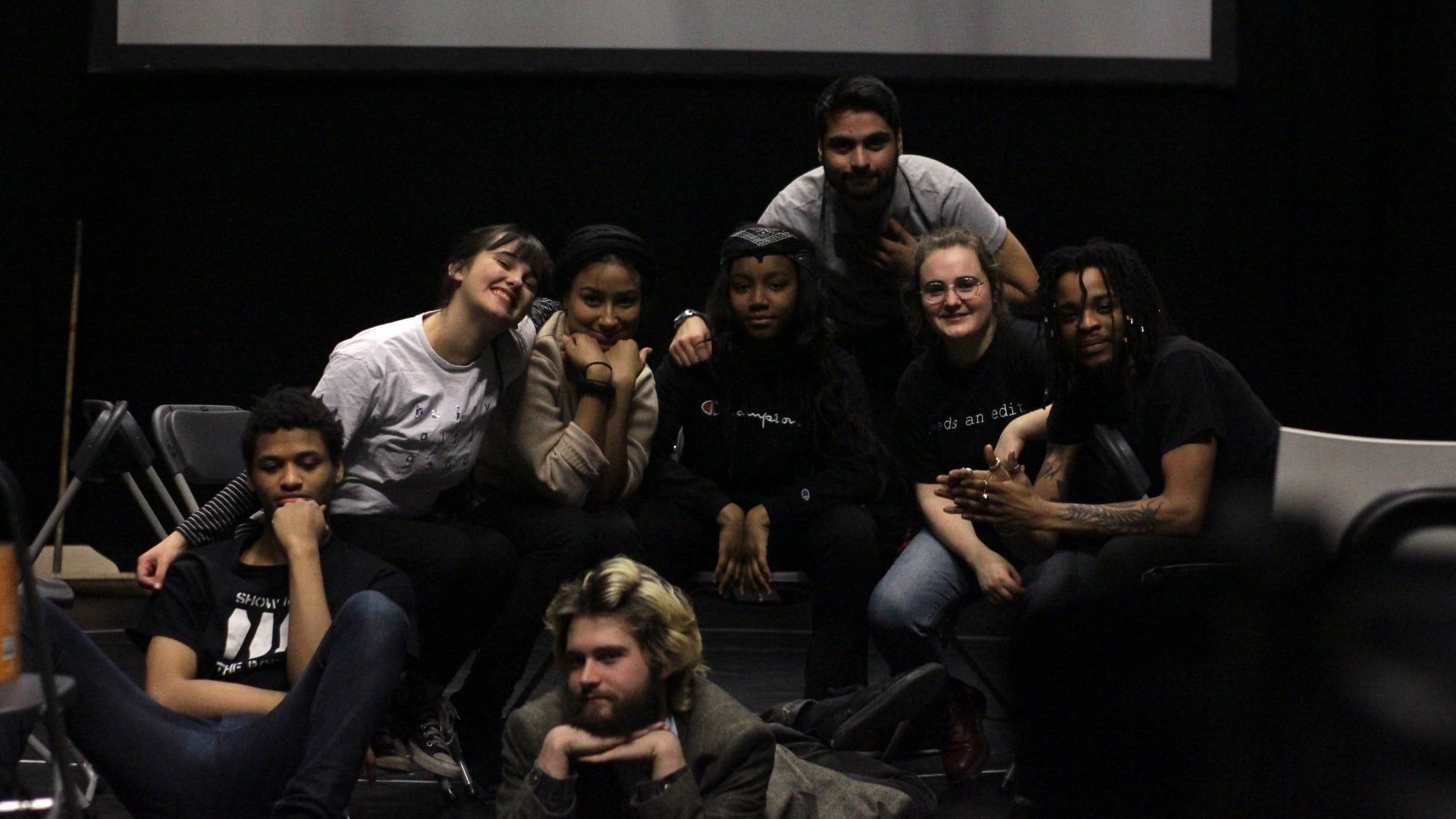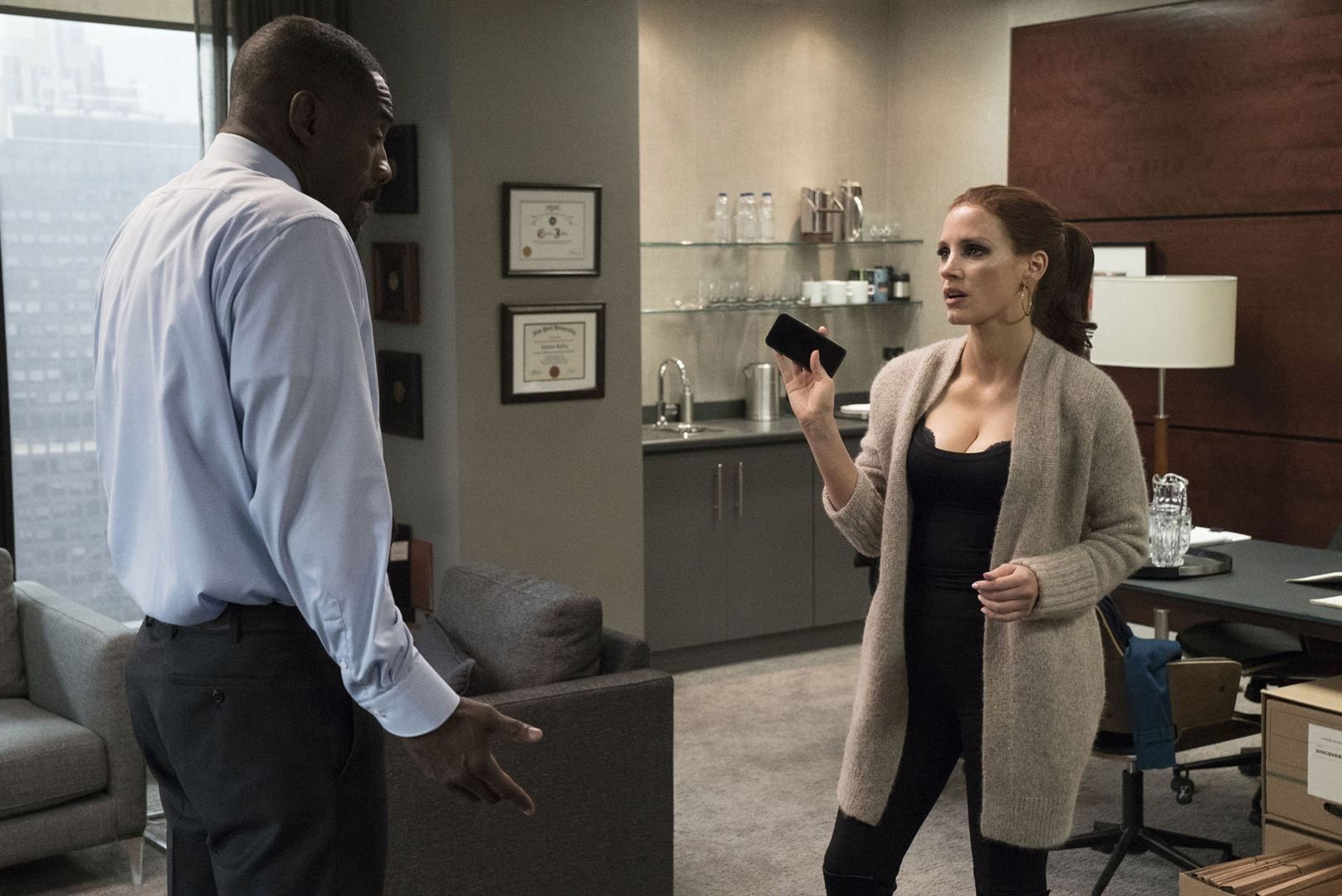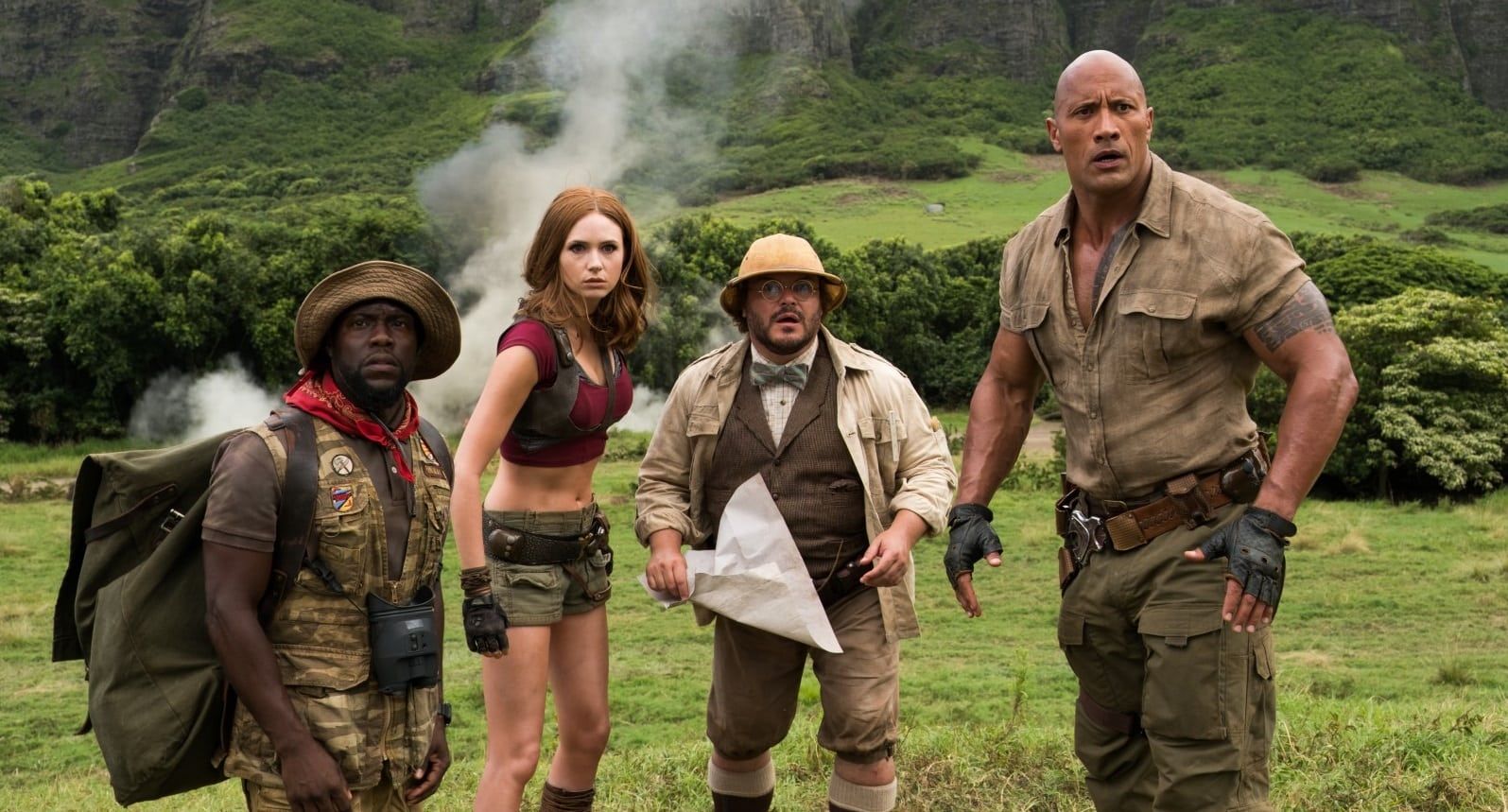University staff to strike over pensions
The University and Colleges Union has said strike action is likely after talks with with Universities UK (UUK) over the future of staff pension schemes ended without an agreement.
Following a ballot result on Monday 22nd January in which 88 per cent of UCU members backed strike action, the union said that 61 universities would be hit by strikes and other forms of industrial action by UCU members, expected to start on Thursday 22 February.
UCU said the first strikes would most likely start with a two-day walkout on the 22 and 23 of February. The action would then escalate to three-day, four-day and five-day walkouts in future weeks. The union said it would review its action and consider the next steps after those initial strike days if the dispute had not been resolved.
Non-strike actions would include union members working strictly to their contract, which would see them refusing to cover classes or reschedule classes lost on strike days as well as refusing to undertake any voluntary duties.
In a press release, UCU General Secretary Sally Hunt said: “Universities will be hit with levels of strike action not seen before on UK campuses if a deal cannot be done over the future of USS pensions. Members have made it quite clear they are prepared to take action to defend their pensions and the universities need to work with us to avoid widespread disruption.
“Even at this late stage we urge universities to work with us to reach an agreement that protects the defined benefit element of USS pensions.”
Russell Group universities that were established before 1992 currently pay into what is known as a ‘defined benefit scheme’ pension that is managed by the Universities Superannuation Scheme (USS), although decisions made about it are made by Universities UK (UUK).
USS take a percentage out of employees’ pay, which is then matched or more by the employer. This is invested in a pension fund which they can then withdraw at the point of retirement.
UUK announced in November 2017 that they now want to change this to a ‘defined contribution scheme’ (that will still be managed by USS) in order to counteract the apparent pension deficit.
This would mean that employee and employer contributions will be invested in the stock market, with the aim of growing it over the years before retirement. Each employee in the scheme then receives a share of the pot when they leave the employer.
This can pose a substantial risk on the employee, as it is not guaranteed that these investments will be fruitful. Their resulting pension may in fact be less than their initial contribution.
UCU estimates that a lecturer joining a pre-92 university and USS today would be £208,000 worse off than they would have been under the current USS scheme, and £385,000 worse off than if they instead joined a post-92 university and the Teachers’ Pension Scheme (TPS).
On Tuesday 23rd January, Education Officer of the University of Manchester’s Students’ Union, Emma Atkins, said: “It’s extremely disappointing that UUK prioritised the employers over the employees on this matter.”
“We prioritise students in all matters of strike action but support UCU in their intentions to make sure lecturers and tutors are well paid with secure pensions.
“A sector with insecure pensions and unhappy, sidelined staff won’t attract the best candidates, and the student experience will suffer because of that. We will be meeting with the UCU on 1st February to discuss this matter further.”
The University of Manchester declined to comment.
Third year English Language student, Sam Cooper, said: “given the proposed strike is weeks away, I suspect it is a case of trying to pressure the UUK into making the desired changes rather than actually planning a strike.
“The comment [from the UCU General Secretary] that ‘Universities will be hit with levels of strike action not seen before on UK campuses’ sounds more like a speech from Game of Thrones than a constructive comment…”
On the disruption to studies, third year Geography student, Justin Snodgrass, said that the strikes would be “annoying, especially since my degree doesn’t have many contact hours. Despite this, I support a decent guaranteed retirement income so I’d be in favour of strike action.”
Sam said: “if it does go to a strike, it will hardly be surprising. I don’t think a single academic year has gone past in my university education that a strike hasn’t occurred and while I agree people’s pensions shouldn’t be altered, you have to wonder why students who have paid £9,000 every year have to receive less education for something entirely out of their hands.”



